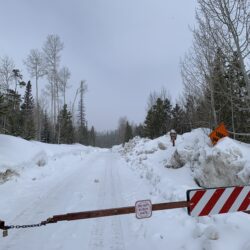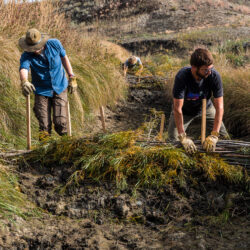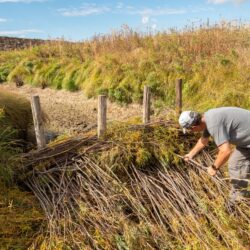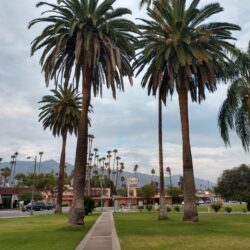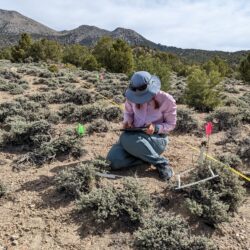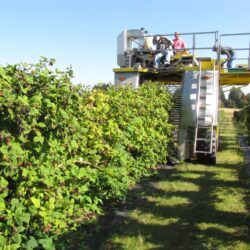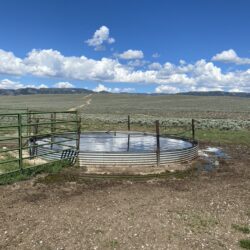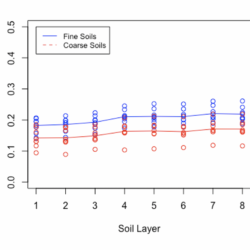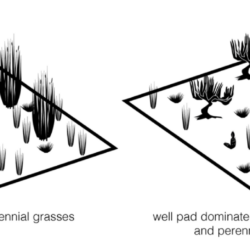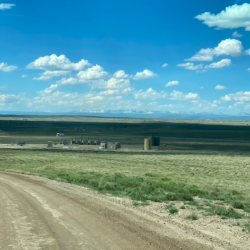Landscape Vegetation Analysis (LaVA) in Southern Wyoming—Jake Barker
One project in particular in Wyoming has emerged in the national conversation concerning public forest management. The Medicine-Bow Routt and Thunder Basin Grassland National Forest (MBRTB) manages forest and grassland in Wyoming and Colorado, and is several years into the implementation of a landscape-scale forest resilience project. Supported by the 2003 Healthy Forests Restoration Act, Read more about Landscape Vegetation Analysis (LaVA) in Southern Wyoming—Jake Barker[…]

